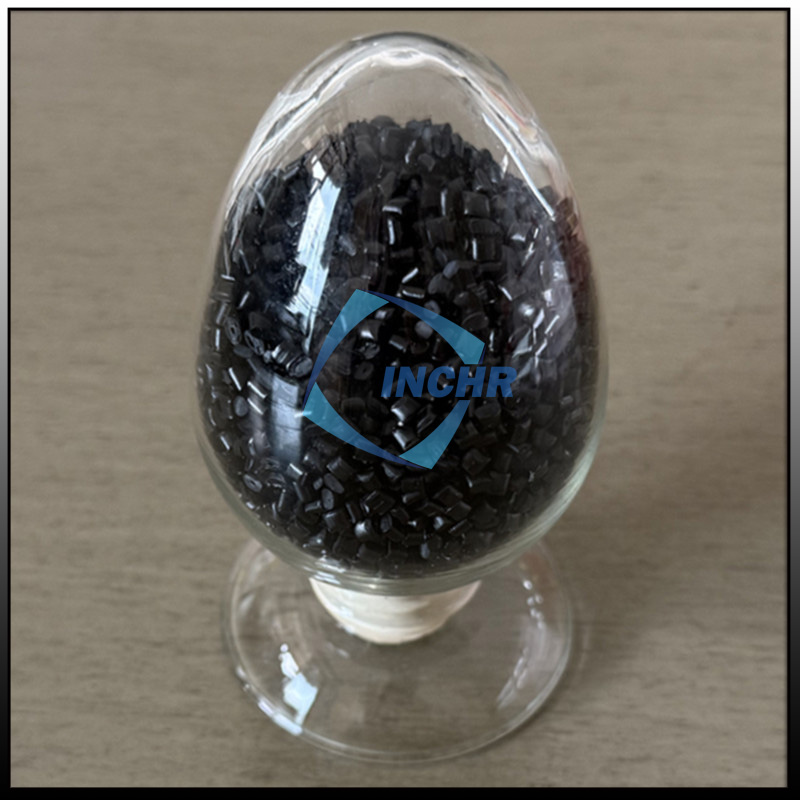Introduction
In a world where materials must balance performance, sustainability, and cost, carbon fiber reinforced nylon (CFRN) has emerged as a revolutionary composite. By integrating carbon fibers into a nylon matrix, CFRN delivers unparalleled strength-to-weight ratios, thermal stability, and design flexibility. This article delves into its transformative applications across industries and why it’s becoming the material of choice for engineers and innovators.

What Is Carbon Fiber Reinforced Nylon? | Product Catalog
Carbon fiber reinforced nylon is a composite material made by embedding carbon fibers (10–40% by weight) into a polyamide (nylon) base. This combination creates a material that outperforms traditional metals and plastics in critical areas:
Lightweight Strength: 50% lighter than aluminum and 30% lighter than steel, yet comparable in tensile strength.
Heat Resistance: Maintains integrity at temperatures up to 200°C (392°F).
Chemical Durability: Resists oils, solvents, and UV degradation.
Design Versatility: Suitable for injection molding, 3D printing, and compression molding.
These properties make CFRN ideal for industries prioritizing efficiency, durability, and innovation.
Key Applications Of Carbon Fiber Reinforced Nylon
1. Automotive: Pioneering the Electric Vehicle Era
The automotive industry’s shift toward electric vehicles (EVs) demands lightweight materials to extend battery range. CFRN addresses this by:
Reducing Vehicle Weight: Battery housings made with CFRN are 30% lighter than steel, improving energy efficiency.
Enhancing Safety: Crash-resistant structural components meet rigorous safety standards.
Improving Thermal Management: Heat-resistant connectors and sensor housings ensure reliability in high-temperature environments.
Real-World Example: Tesla’s Cybertruck uses CFRN in its exoskeleton to achieve unmatched durability while minimizing weight, contributing to its 500+ mile range.
2. Aerospace: Defying Extreme Conditions
Aerospace applications require materials that withstand extreme temperatures, radiation, and stress. CFRN excels in:
Satellite Components: Lightweight, radiation-resistant brackets for space missions.
Aircraft Interiors: Fire-retardant seat frames and cabin panels that reduce weight by 25%.
Drone Technology: Durable propellers and frames for long-range surveillance and delivery.
Innovation Spotlight: Airbus integrates CFRN in its A350 cabin panels, cutting fuel consumption by 2% through weight reduction.
3. Robotics: Enabling Smarter, Safer Machines
From factories to hospitals, CFRN powers next-gen robotics:
Collaborative Robots (Cobots): Lightweight shells reduce collision risks and energy use.
Industrial Arms: High-stiffness joints enable precision tasks like welding and assembly.
Agricultural Drones: Weather-resistant frames for crop monitoring in harsh environments.
Case Study: Boston Dynamics’ Spot robot utilizes CFRN components to navigate rugged terrains while maintaining agility and durability.
4. Medical Technology: Advancing Patient Care
CFRN’s biocompatibility and sterilizability drive breakthroughs in healthcare:
Prosthetics: Lightweight limbs (e.g., Open Bionics’ Hero Arm) mimic natural movement, enhancing mobility.
Surgical Tools: Ergonomic instruments with antimicrobial surfaces for minimally invasive surgery.
Exoskeletons: Supportive frames aid rehabilitation or reduce physical strain in industrial settings.
5. Consumer Electronics: Powering Smarter Devices
As devices shrink and demand grows, CFRN enables:
5G Hardware: Heat-dissipating casings for routers and smartphones.
Wearable Tech: Durable yet lightweight smartwatch bands and AR/VR headsets.
IoT Components: Robust sensor housings for smart home and industrial IoT systems.
Sustainability: Carbon Fiber Reinforced Nylon’s Role In A Circular Economy
Traditional composites often end up in landfills, but CFRN is driving eco-friendly innovation:
Recyclable Thermoplastics: Grades like Arkema’s Rilsan® PA11 allow melting and reuse without performance loss.
Bio-Based Nylons: DSM’s EcoPaXX® uses 70% renewable resources, reducing reliance on fossil fuels.
Closed-Loop Recycling: Companies like ELG Carbon Fibre recover 95% of carbon fibers from end-of-life parts.
By 2025, 30% of CFRN in Europe will come from recycled sources, aligning with the EU’s sustainability goals.
Overcoming Challenges: Innovations In CFRN
Despite its advantages, CFRN faces hurdles:
1. High Material Costs
Solution: Hybrid composites (e.g., carbon + glass fibers) reduce costs by 20% while retaining performance.
Example: Ford’s Focus RS uses hybrid CFRN in air intakes for cost-effective durability.
2. Manufacturing Complexity
Solution: AI-driven injection molding optimizes fiber alignment, minimizing defects.
Innovation: Arburg’s Freeformer 3D printer ensures precision in complex geometries.
3. Recycling Limitations
Breakthrough: Startups like Carbon Conversions pioneer closed-loop systems to recycle aerospace-grade CFRN.
Market Trends And Future Outlook
The global CFRN market is projected to grow at 9.8% CAGR through 2030 (Grand View Research), driven by:
EV Expansion: Demand for lightweight materials to improve battery efficiency.
Industry 4.0: Smart factories adopting CFRN for agile, high-performance robotics.
Additive Manufacturing: 3D-printed CFRN parts enabling rapid prototyping for startups.
By 2030, CFRN is expected to dominate 40% of the high-performance plastics market, with Asia-Pacific leading production due to cost-efficient supply chains.
Implementing Carbon Fiber Reinforced Nylon: Best Practices
Collaborate with Material Experts: Partner with suppliers like Toray or SABIC for tailored solutions.
Leverage Simulation Tools: Use ANSYS or SolidWorks to predict stress points and optimize designs.
Prioritize Sustainability: Opt for recyclable or bio-based grades to meet ESG standards.
Conclusion
Carbon fiber reinforced nylon is not just a material—it’s a cornerstone of modern engineering. Its ability to merge lightweight design, unmatched strength, and sustainability makes it indispensable across industries. As technology advances, CFRN will continue to redefine possibilities, proving that innovation can be both high-performing and eco-conscious. For businesses aiming to lead, adopting CFRN isn’t a choice; it’s a strategic imperative.




